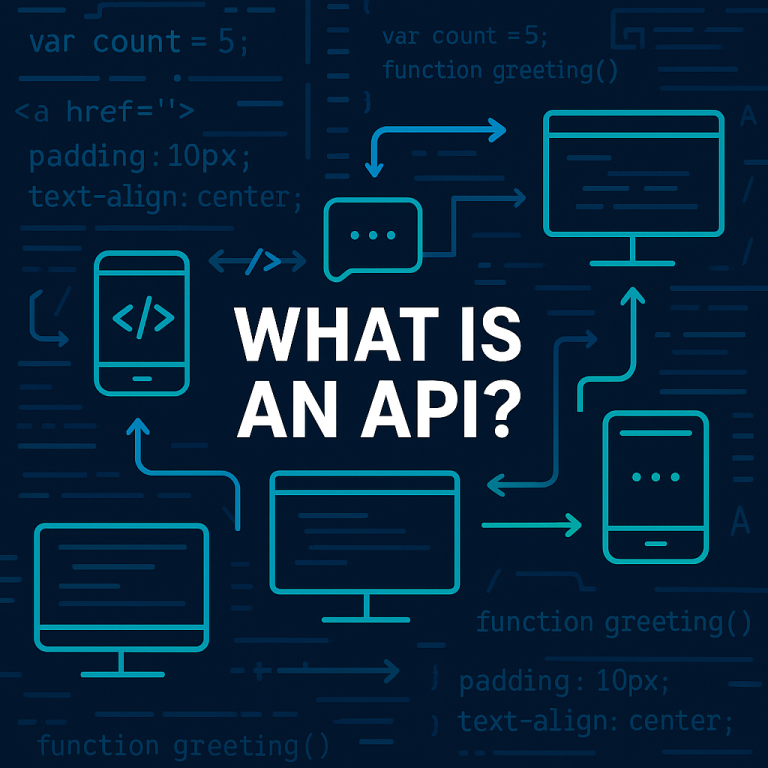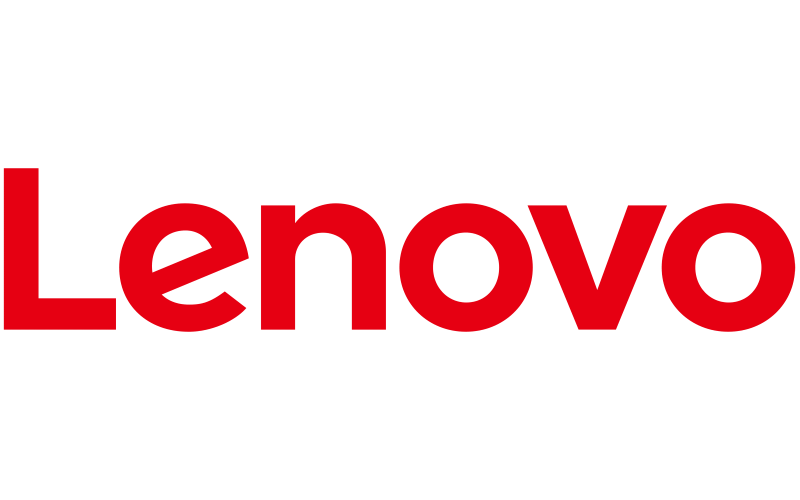The dynamic world of cloud-native applications presents many tools and platforms for managing workloads. Two prominent players—Kubernetes and Cloud Foundry—stand out for their unique approaches in container orchestration and application deployment. But which one is more suitable for your needs as a cloud architect? This guide breaks down the core differences, advantages, and challenges of each platform to help you make an informed decision.
What Are Kubernetes and Cloud Foundry?
Before we explore the comparison, it’s important to define what Kubernetes and Cloud Foundry are.
Kubernetes
Kubernetes is an open-source container orchestration platform originally developed by Google. It automates tasks such as scaling, deploying, and managing containerized applications. Recognized for its flexibility, scalability, and thriving ecosystem, Kubernetes supports a wide range of infrastructures, including public cloud, private cloud, and on-premises environments.
Cloud Foundry
Cloud Foundry is an open-source, multi-cloud Platform-as-a-Service (PaaS) designed for rapid application development and deployment. Created by VMware, Cloud Foundry takes an opinionated, developer-centric approach, streamlining workflows with features like pre-built buildpacks that transform code into running applications almost instantly.
Kubernetes vs. Cloud Foundry at a Glance
| Feature | Kubernetes | Cloud Foundry |
|---|---|---|
| Primary Use Case | Container orchestration for diverse applications | Application-centric PaaS with rapid deployment |
| Flexibility | Highly flexible; supports complex configurations | Opinionated; enforces specific workflows and architectures |
| Scalability | Industry-leading scalability for large-scale deployments | Scales seamlessly within its predefined framework |
| Community Support | Extremely active ecosystem and robust third-party tools | Strong but smaller and less active than Kubernetes’ |
| Ease of Use | Steeper learning curve; requires Kubernetes expertise | Simplified for developers; minimal infrastructure knowledge needed |
| Cost | Open-source with potential infrastructure savings | Licensing costs for commercial versions can be steep |
Core Benefits of Kubernetes
Kubernetes has redefined how enterprises manage containerized applications. Here are its major advantages:
- Scalability and Flexibility
Kubernetes supports diverse environments, including hybrid and multi-cloud setups. Its declarative configuration allows for fine-grained control over deployments and scaling.
- Community and Ecosystem
With a vast community, Kubernetes boasts rich documentation, third-party tools, and built-in integrations. Managed Kubernetes services like Google Kubernetes Engine (GKE) and Amazon Elastic Kubernetes Service (EKS) make adoption accessible for businesses of all sizes.
- Future-Proof Technology
Kubernetes has gained increasing popularity, with adoption rates climbing to 96%, according to the Cloud Native Computing Foundation (CNCF). This growth ensures long-term industry support and innovation.
Core Benefits of Cloud Foundry
Cloud Foundry is designed with a developer-first philosophy, making it ideal for organizations focused on rapid development cycles.
- Simplicity and Speed
Cloud Foundry simplifies the deployment process with pre-configured buildpacks, reducing time-to-production significantly. Applications can often be deployed with a single command in under 30 seconds.
- Streamlined Operations
Its built-in features abstract complex configurations, allowing developers to concentrate on coding rather than infrastructure management.
- Application-Centric Approach
Cloud Foundry prioritizes application logic over infrastructure, making it an excellent choice for teams focused on microservices and web applications.
Why Move from Cloud Foundry to Kubernetes?
While Cloud Foundry offers unparalleled simplicity, its limitations in flexibility, scalability, and community support have prompted many enterprises to transition to Kubernetes. Here’s why Kubernetes is often preferred for modern workloads:
- Greater Flexibility
Unlike Cloud Foundry, Kubernetes allows custom workflows and architecture configurations, making it suitable for a variety of use cases.
- Cost Efficiency
Kubernetes is free and open-source, apart from infrastructure costs. This is often more affordable compared to the licensing fees associated with commercial Cloud Foundry distributions.
- Future Scalability
Organizations planning to scale or adopt more complex workloads benefit from Kubernetes’ unmatched scalability.
- Community-Driven Ecosystem
Kubernetes offers faster innovation cycles, extensive integrations, and constant community updates, ensuring you’re leveraging the latest advancements in container orchestration.
Challenges in Transitioning from Cloud Foundry to Kubernetes
The shift from Cloud Foundry to Kubernetes isn’t without challenges. Cloud architects should be aware of these potential hurdles before proceeding.
- Learning Curve
Kubernetes has a steep learning curve compared to Cloud Foundry’s user-friendly platform. Teams accustomed to Cloud Foundry may require extensive training to adapt to Kubernetes’ intricacies.
- Application Rearchitecture
Applications that rely on Cloud Foundry’s opinionated model may need significant changes to fit Kubernetes’ container-based architecture, increasing migration complexity.
- Networking and Discovery Adjustments
Moving from Cloud Foundry’s route-based networking to Kubernetes’ service discovery model can cause temporary service interruptions if not planned correctly.
- CI/CD Pipeline Reconfiguration
DevOps pipelines designed for Cloud Foundry might need to be modified, particularly if they don’t align with Kubernetes’ declarative deployments.
Best Practices for Transitioning
To ensure a smooth transition, consider these best practices:
- Leverage Tools Like KF
Google’s KF platform acts as a transitional layer, providing a Cloud Foundry-like experience on top of Kubernetes while empowering operators to adopt declarative Kubernetes methods gradually.
- Train Teams
Provide training and resources for teams to familiarize themselves with Kubernetes orchestration, networking, and security models.
- Plan Phased Migrations
Migrate workloads gradually, starting with non-critical applications to minimize risks and iterate based on lessons learned.
- Optimize CI/CD Pipelines
Reconfigure CI/CD pipelines to align with Kubernetes workflows, ensuring smooth deployment processes post-migration.
The Verdict
When comparing Kubernetes vs. Cloud Foundry, the choice ultimately depends on your organization’s priorities and expertise level.
- Choose Kubernetes for its flexibility, scalability, and robust ecosystem. It’s the better option for large-scale enterprises, hybrid cloud environments, or teams ready to invest in learning its nuances.
- Opt for Cloud Foundry if you prioritize speed, simplicity, and developer-centric workflows for rapid application deployment.
However, with Kubernetes’ increasing adoption rate and growing ecosystem, it’s quickly becoming the standard for container orchestration. Transitioning from Cloud Foundry may seem complex, but with the right strategy, it can unlock new levels of efficiency and scalability for your cloud operations.










